How to brew Rwandan Coffee in the History of Rwandan Coffee cultivation & flavor characteristics of Rwandan Coffee
Professional coffee knowledge exchange More coffee bean information Please pay attention to coffee workshop (Weixin Official Accounts cafe_style)
Rwanda, a history of rebirth, uses coffee to protect many people's hopes. Rwanda has excellent Arabica cultivation conditions, fertile volcanic soil, abundant rainfall, and suitable temperatures all year round, which make the coffee produced here unique. Next, follow the front street to learn about Rwandan coffee.
Civil War Makes Rwandan Coffee Extinct in Coffee Market
Coffee was introduced to Rwanda by German missionaries in 1904, and from 1930 coffee became the only income-generating crop for small farmers, so coffee cultivation began to flourish, with dry yields and low quality coffee.
Rwanda experienced a prolonged economic crisis beginning in 1989, when green coffee prices plummeted as political unrest intensified.
In 1994, civil war broke out in Rwanda, killing 1 million people and leaving 2 million people homeless. In this war period, people could not even survive. All coffee fields were uncultivated. This year, Rwandan coffee disappeared from the coffee market.
Rwanda's coffee economy after rebirth
After 1995, Rwanda's economy and coffee industry got back on track thanks to government efforts and the protection of foreign NGOs. Rwanda's coffee industry is also on the rise, according to the International Coffee Organization (ICO). In 1994, coffee production plummeted by 95% to 22,000 kg (60 kg per bag). But in the second year alone, production recovered to 329,000 kg and has remained stable ever since.
In 2001, the Rwandan government established the National Agriculture Export Development Board (NAEB) to focus on coffee exports. The Government provided the necessary support, resources and infrastructure and encouraged agribusiness practitioners and the private sector to invest in coffee processing in order to add value to Rwanda's regular coffee for export.

In 2017, NAEB and the Japan International Cooperation Agency (JICA) jointly launched a three-year technical program,"Coffee Upgrading and Promotion in Rwanda (CUP Rwanda)." The project aims to improve the quality of coffee farmers 'cultivation practices and processing.
With international help over the past 22 years, Rwanda's coffee industry has been able to rebuild and develop after a difficult past. While production is on average below pre-civil war levels, it has remained stable overall, increasing by 10% in 2018/19. NAEB hopes to expand the cultivated area from the current 37,700 hectares to 39,500 hectares by 2023.
Coffee cultivation in Rwanda
Rwanda has always been blessed with good coffee growing conditions: high altitude, volcanic soil, abundant sunlight and cabernet sauvignon. Rwanda is also known as the "country of a thousand mountains" because many coffee trees are grown in the mountains between 1700 and 2000 meters above sea level. Front Street Coffee compares Rwandan coffee to Kenyan coffee, which is also found in Africa. Rwandan coffee is more balanced and clear.
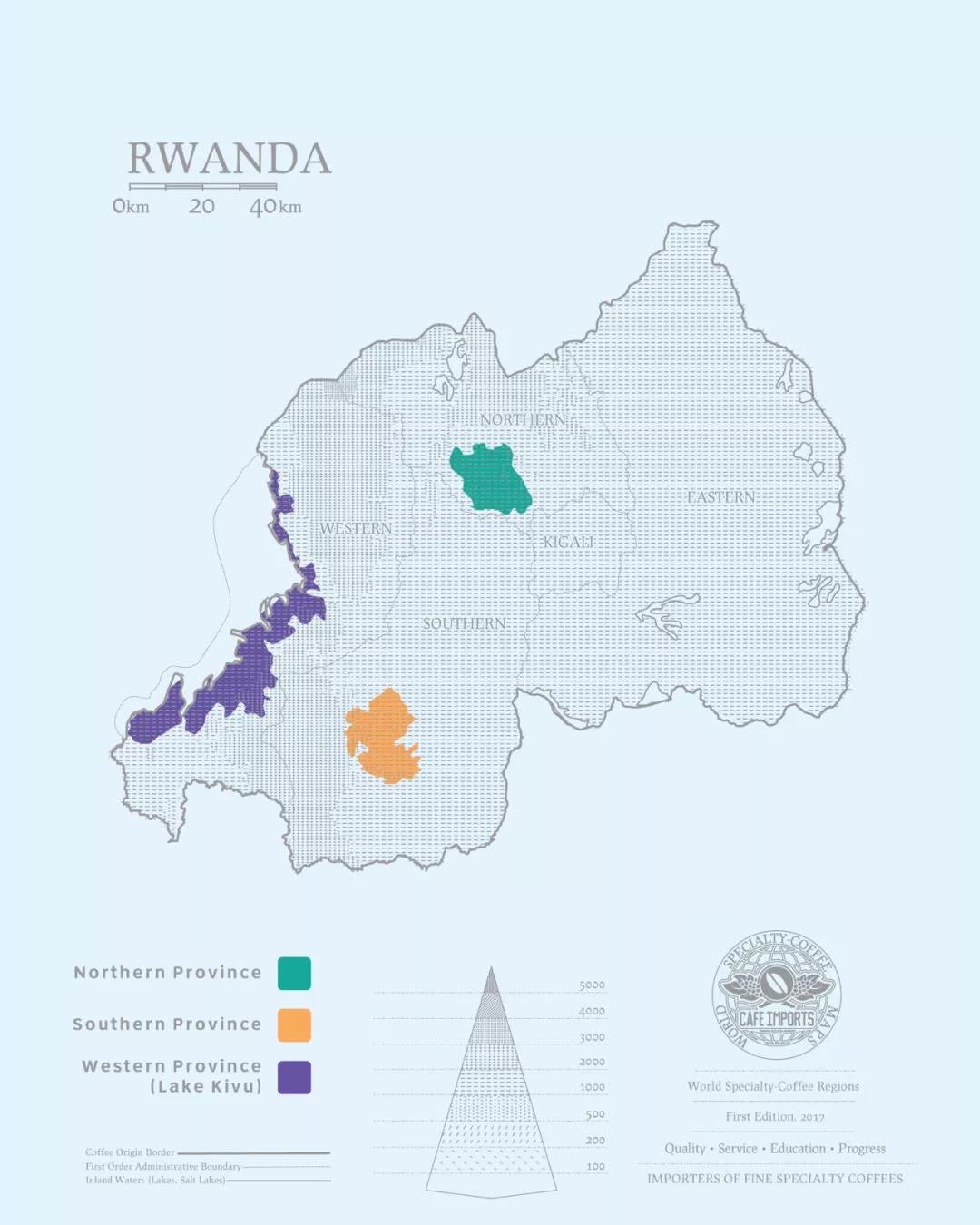
Rwanda coffee-producing region
Rwanda's fine coffee producing areas are mainly distributed in the south and west. In the south, Huye Mountain and Nyamagabe regions have some floral and citrus flavors due to their high altitude, while Nyamasheke region on Kivu Lake in the west is rich in rich, aromatic and juicy coffee. Lake Kivu is one of Africa's Great Lakes regions, located in the Rift Valley, which has several active volcanoes. The Great Lakes and nearby volcanoes create a unique microclimate known for producing fruit coffee. Many coffees in this area have cherry flavours, although this particular spot displays more floral and herbal notes.

Although there is little difference in flavor between producing areas, there are still differences under fine taste. People often ask how to distinguish front street coffee, always think flavor this kind of thing is very metaphysical, in fact, front street coffee is also after a lot of flavor cognitive training, in order to distinguish the coffee flavor of different producing areas, which takes time, energy and persistence.
Rwandan coffee varieties
More than 97 per cent of coffee grown in Rwanda is Arabica, of which about 95 per cent is bourbon. Bourbon was introduced to Puerto Rico from Central America, to the Democratic Republic of the Congo in the 1930s, and then to Rwanda in the early 1950s. When the Bourbon variety Mayaguez was introduced into East Africa, it was cultivated with local tree species to produce BM-71 and BM-139. The agricultural traits of these two varieties were also very similar. This variety grows vigorously, has high yield and good cup quality, and is common in Rwanda and Burundi.
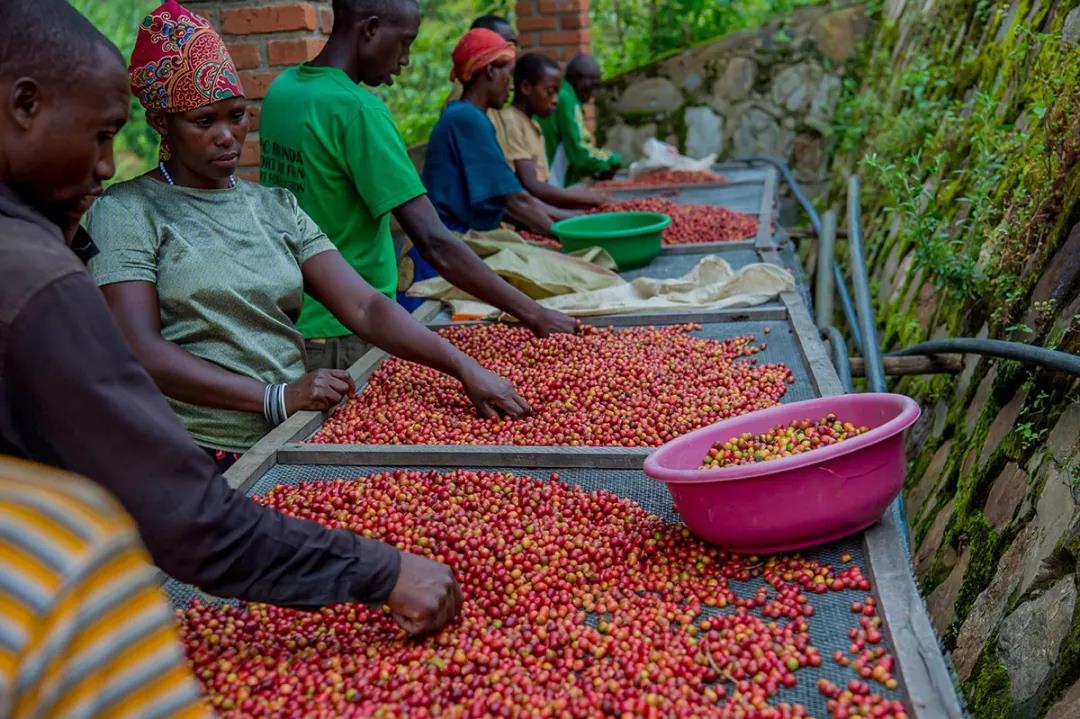
Bourbon After the general coffee tree blossoms, the color change of the coffee fruit is: green> turn slightly yellow> turn slightly orange> turn mature red> turn ripe dark red, so some people also call it "red bourbon species", in fact, red bourbon, that is, we generally call Bourbon species. Bourbon species grown at higher altitudes usually have a better aroma and a brighter acid.
Rwandan coffee bean processing
Rwanda In 2000, in Rwanda, which was emerging from internal chaos, USAID funded PEARL and SPREAD coffee development projects to support Rwanda's reconstruction. In just 12 years, the number of washing stations in Rwanda increased from two to 220. It is now wholly privately owned, i.e. by exporters or farmers 'cooperatives. Due to the small average size of farmland (less than 200 coffee trees per farm), each station serves approximately 50 to 100 farms.
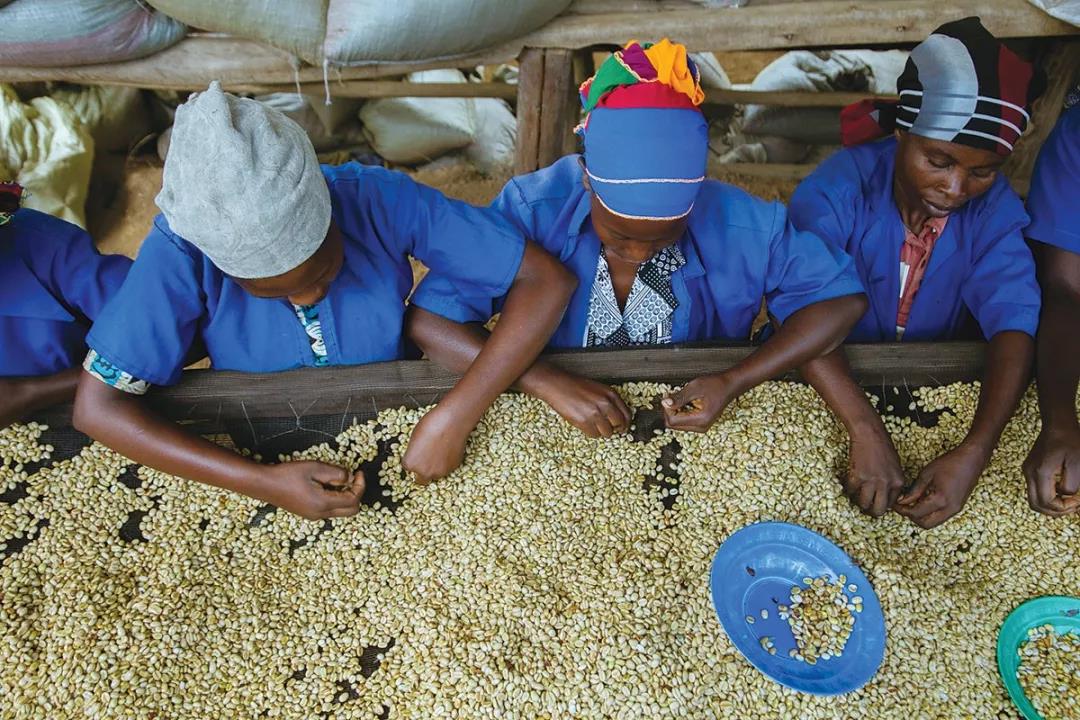
First add a lot of water to the coffee berries, wash off the immature fruits and impurities floating on the water surface, select the beans, and then remove the peel and pulp with a fleshing machine. Then put it into fermentation tank for fermentation for 18 - 36 hours, so that the fermentation bacteria dissolve pectin on the surface of coffee cherry, wash it with clean water, dry it for 1 - 3 weeks, dry it with machine, remove endocarp, shell, seed shell and silver skin with shelling machine.

Coffee growing area: Nyamasheke
Treatment plant: Gasek Treatment Plant
Planting altitude: 1700 to 2000 m
Treatment method: washing treatment
Coffee varieties: Bourbon, Kadura, Kaduai
Front Street Coffee Roasting Advice
Yangjia 800N bean 550g: furnace temperature 175℃ into the pot, fire 120, damper open 3; return temperature point 136 ", furnace temperature 112℃ when the damper open to 4, fire up to 140; furnace temperature 151℃ when the bean surface turns yellow, grass smell completely disappeared, into dehydration stage;
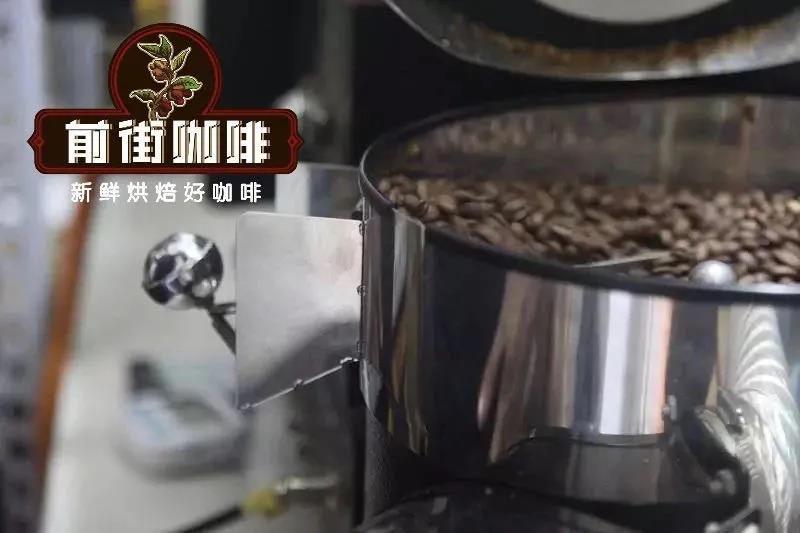
8 30", the bean surface appears ugly beard wrinkles and black stripes, toast flavor obviously changed to coffee fragrance, can be defined as a prelude to explosion, this time to hear the sound of explosion point, to 9 45" to start explosion, damper open to 5, after explosion development 1 '30', 190.6℃ pot.
Front Street Coffee Cup Test Report
Dry fragrance: citrus, tomato
Wet fragrance: citrus, grass
Entrance: plums, citrus, berries, bright acidity, nuts, honey finish.

Front Street Coffee Brewing Advice
Filter bowl V60
Water temperature 90℃
Powder 15 g
Powder water ratio 1:15
Grindability BG #6m (80% pass rate of Chinese standard No.20 sieve)
*BG grinder grinding gear adjustment is very careful, not to say that all BG grinder can be the same, coffee beans at different altitudes, roasting degree of the use of gear have changed, so the front street coffee suggested that the grinder grinding every once in a while to re-calibrate once. Correcting the grinding degree of coffee powder can use the coffee standard test No.20 sieve. If there is no sieve at home, the suggestion of Qianjie Coffee is to observe the water flow speed to judge that the water flows fast is coarse powder, and the water flows slowly is fine powder.

Qianjie coffee adopts segmented extraction, also called three-stage brewing, steams with 30g water for 30 seconds, water injection in small circles to 125g for segmentation, water injection continues to 225g when the water level drops to expose the powder bed, and the filter cup is removed when the water level drops to expose the powder bed.(Steaming starts timing) Extraction time is 203 ".
Brewed Flavor: Delicious, citrus sweet, bright acidity, berry, apple, citrus, honey sweet in the middle, good sweetness and balance, almond, chocolate finish.
More fine coffee beans, please add private WeChat Qianjie Coffee, WeChat: kaixinguoguo0925
Important Notice :
前街咖啡 FrontStreet Coffee has moved to new addredd:
FrontStreet Coffee Address: 315,Donghua East Road,GuangZhou
Tel:020 38364473
- Prev
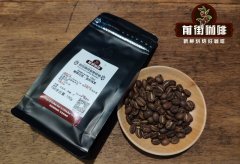
How to store coffee beans at home? Can coffee beans be stored in the refrigerator? Tips for coffee storage
Fresh coffee tastes best. So how do you take steps at home to make sure your coffee stays this way? There are many techniques and tricks, but some of them do more harm than good. Read on to learn why we need to store coffee correctly, how to finish coffee at home, and how to get the best coffee tips. Why is coffee storage important? Leave the potatoes in the dark and dry.
- Next
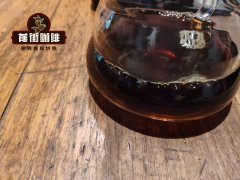
What kind of coffee is grown in Laos? How to improve the cultivation of coffee in Laos?
Although many of us associate unexploded ordnance (the remaining bombs and shells caused by the conflict did not detonate) with the long-over war, this is a reality for the Lao people. Laos is a landlocked country in Southeast Asia, bordering Vietnam, China, Cambodia, Thailand and Myanmar. Per capita is the country with the most bombs in history. As a result, almost half of the suitable farmland
Related
- Beginners will see the "Coffee pull flower" guide!
- What is the difference between ice blog purified milk and ordinary milk coffee?
- Why is the Philippines the largest producer of crops in Liberia?
- For coffee extraction, should the fine powder be retained?
- How does extracted espresso fill pressed powder? How much strength does it take to press the powder?
- How to make jasmine cold extract coffee? Is the jasmine + latte good?
- Will this little toy really make the coffee taste better? How does Lily Drip affect coffee extraction?
- Will the action of slapping the filter cup also affect coffee extraction?
- What's the difference between powder-to-water ratio and powder-to-liquid ratio?
- What is the Ethiopian local species? What does it have to do with Heirloom native species?

